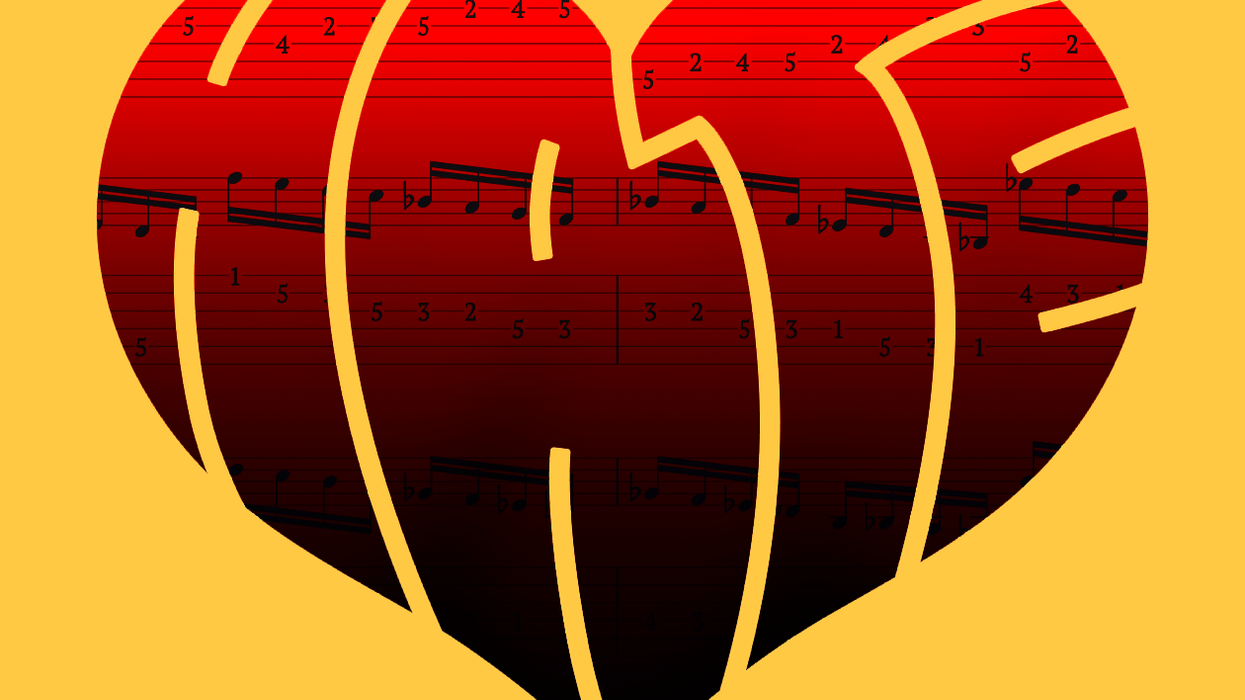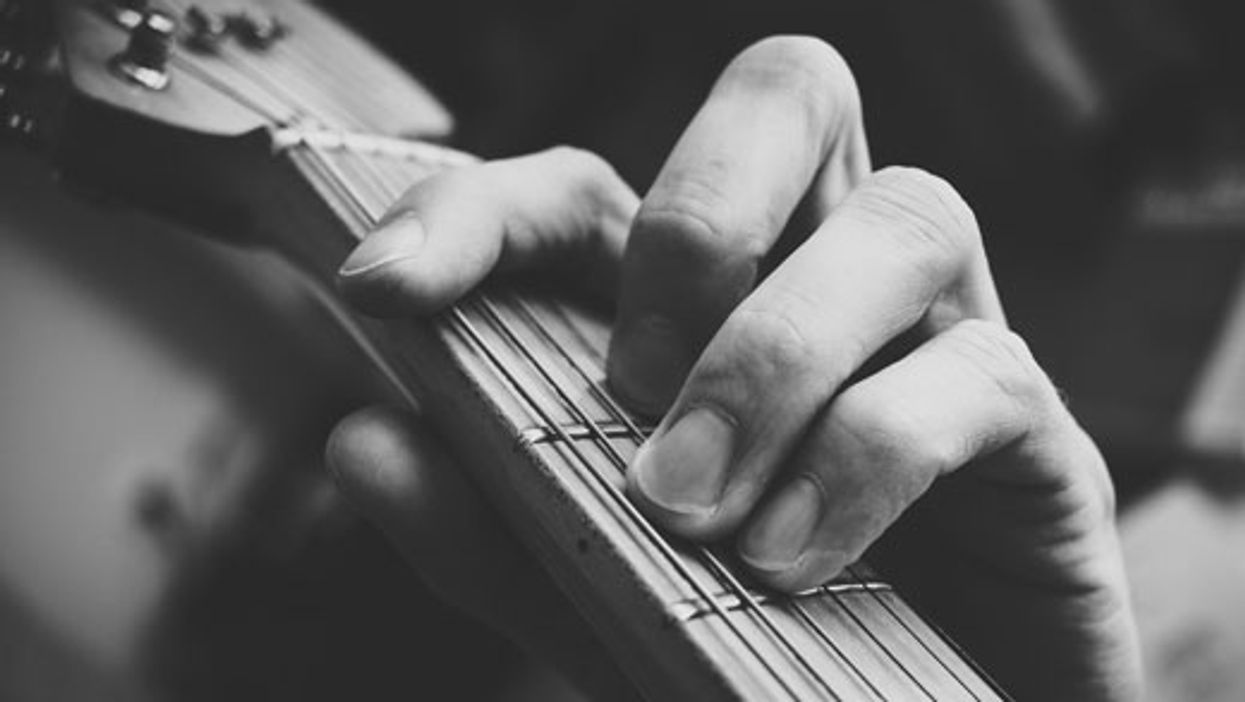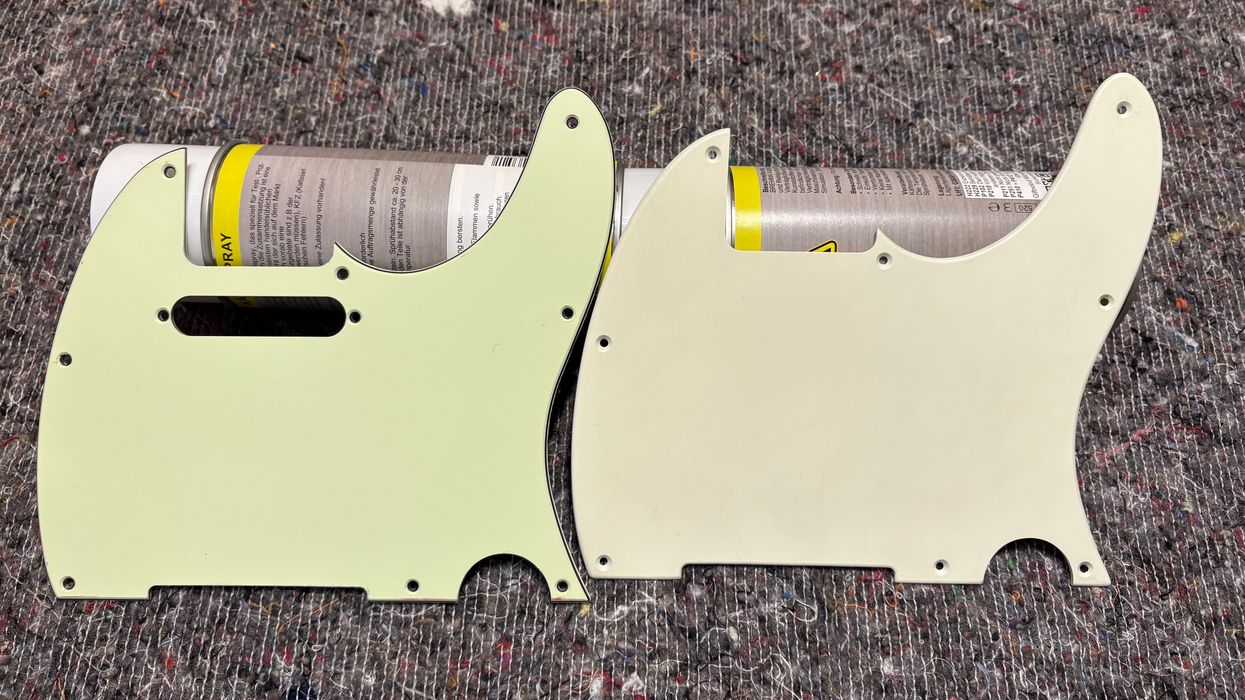Intermediate
Beginner
•Create a goal-oriented warm-up routine.
• Learn to outline all 12 major scales in a single position.
• Develop an understanding of tremolo picking, quintuplets, and the chromatic scale.
Warm-ups aren’t just about limbering up your fingers. Warming up helps with focus and confidence. It’s difficult to go into a performance cold. Whether it’s a Broadway show, a Carnegie Hall performance, a bar gig, or any formal or informal setting, you need a warm-up routine. Like a runner who needs to stretch before a competition, a musician needs to get their mind and body ready before a performance. Though there is a flood of method books on the market along with YouTube tricks and tips, there is no standard canon of technical exercises available for electric guitar. As a professional guitarist over the years, I’ve seen the need for an effective, comprehensive, yet quick warm-up routine.
The Warm-Up Routine
The following are ten specific exercises, appropriate for both hands with a focus on picking, and when played at tempo should take about five minutes. You’ll be ready to play just about anything and still have your energy to devote to the gig. The idea is to be able to practice technique that surpasses the demand of what you’ll be playing. These are easy to memorize and highly portable, without having to carry books or download an app.
Directions: Use alternate picking for all exercises except for the sweep picking one. Be mindful of the picking as it is important to develop monster technique. Play all notes evenly and cleanly at a slow tempo before gradually speeding it up.
Ex. 1 is probably the exercise I despise the most. It was shown to me by a guitar phenom/colleague in graduate school. He played it fast with no errors, clinks, or hesitations. It sounded angular and I hadn’t heard anything like it before, so it piqued my interest. What makes it difficult is the alternate picking on each string, with only one note per string.
Start with one finger per fret from the 6th to the 3rd strings. Then bring the fingering down to the next four strings starting on the 5th string. Continue to move the shape until you run out of strings. The left-hand pattern will be 1-2-3-4, 1-2-3-4, 1-2-3-4, 1-2-3, 1-2, 1. At this point, move down a fret and invert the shape starting on the 1st string. Keep this up until you reach the 1st fret. It’s challenging to play cleanly, but it sounds cool and is a necessary technique.
Ex. 2 encapsulates the difficulties of guitar playing in a single measure. This one focuses on string crossing and pick direction. Be aware of the extra note added to the pattern. It turns the picking direction around, providing an opportunity to begin a phrase with an upstroke. I find that my picking gets tripped up when the pattern changes, making this a good example to overcome this technical challenge.
The most basic and traditional form of the major scale is shown in Ex. 3. What makes this challenging is a combination of two- and three-notes-per-string shapes while alternate picking. You end up straying from a predictable flow of notes per string. Play this one four times to train your picking hand to accurately get this skill down.
So, you say you know the major scale? This may be one of the more difficult ones. The premise in Ex. 4 is that wherever you are on the neck you have access to all notes and scales without shifting to a more comfortable fingering. When you’re playing over a chord change or an idea, you want to be able to play the next note within reach. The moment you have to shift to play a line, often your thinking stops and creativity is averted.
This may even be more of a mental exercise than physical. It requires keeping track of several items at the same time: moving through all keys in the cycle of fourths, the direction of the scale, and finding the correct note in position, all at a racing pace (eventually).
Play the major scales in one position without shifting positions. The object is to play within a four to five fret span without using open strings. There are four directions for this exercise: up, down, alternating up/down, and alternating down/up.
This is more of a quasi-classical guitar passage where the right-hand fingers do the work (Ex. 5). Specifically, it’s a pedal-point exercise where one note stays the same while other notes are moving. It really works up alternate picking technique with the triplet part.
Ex. 6 is one I would play before a performance. When I started performing on Broadway, I realized the involvement and demand of the right hand. Fast picking is determined by tremolo technique, so I wrote a tremolo part on a G minor arpeggio leading up to a Bach excerpt (1st violin Sonata BWV 1001 Presto).
Ex. 7 is all about pentatonic quintuplets. Notice that for each starting note of the five-note group, the pick direction will be the opposite from the previous one. It sounds amazing when played fast, a la Eric Johnson.
Perhaps the chromatic scale is already everyone’s go-to warm-up. However, Ex. 8 utilizes open strings combined with fretted notes in the first position, which is a challenge. This may be on par with something out of Mel Bay Book 1, but try playing it fast and clean.
To play modern ideas on guitar, you have to know sweep picking. Since sweeping uses different musculature, it will feel odd or different at first. Start off slowly with triplets, then take the same note pattern and play 16th-notes followed by quintuplets. Ex. 9 aids in both picking and rhythmic control.
Ex. 10 breaks out of narrow, scale-step intervals and branches off into wider intervals, like 4ths, 5ths, 6ths, and 7ths. The techniques involve string skipping and a plethora of different shapes. Practicing intervals is an excellent ear training exercise and should be done daily—like taking vitamins.
I hope this warm-up routine brings you a newly heightened technique and much success in your musical performances. Until next time, happy shredding and enjoy the journey!


















